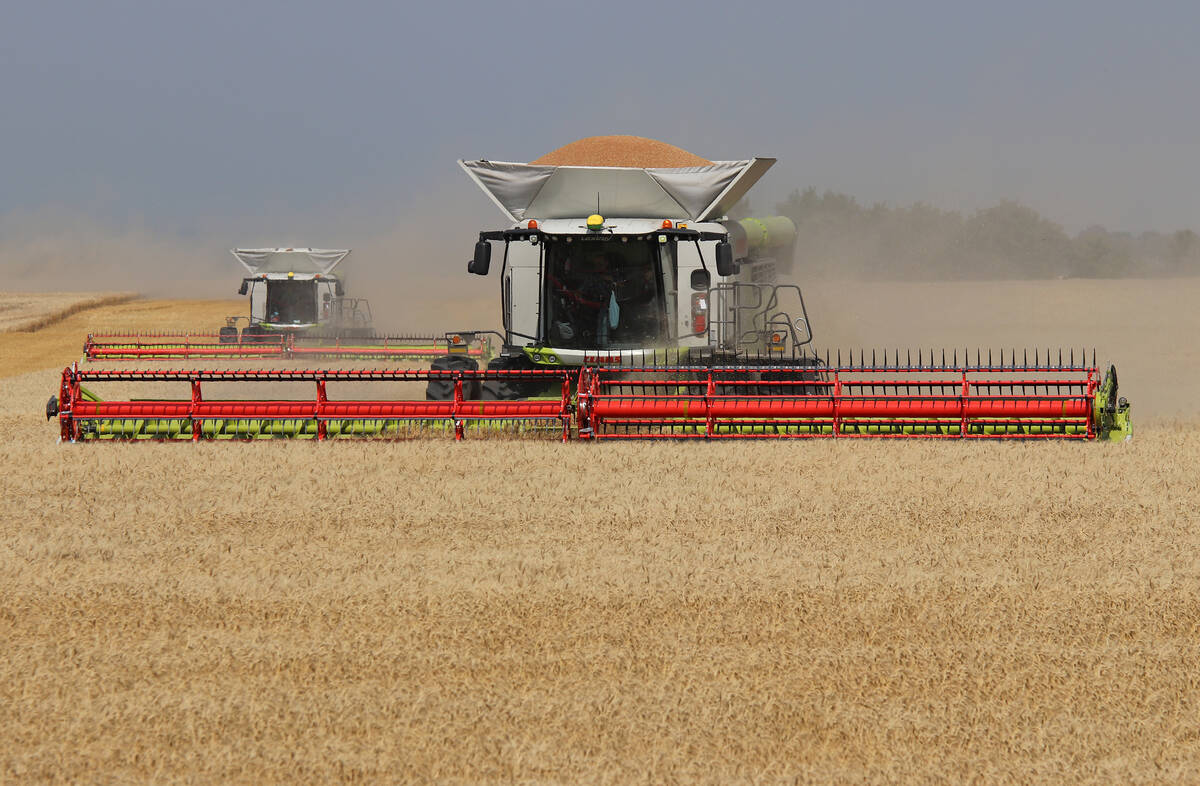Will farmers be better or worse off with fewer divisions of wheat?
Farmers and crop marketers are pondering the question as the simplification of the complex wheat marketing system appears to be an inevitable result of ending the Canadian Wheat Board’s monopoly.
“The wheat board sometimes took a while to find a market, but that was their mandate: to market the wheat farmers grew and to get the best price for it,” said Chuck Fossay of Starbuck, Man., a longtime Keystone Agricultural Producers member and keen observer of grain industry policy.
Read Also

China’s grain imports have slumped big-time
China purchased just over 20 million tonnes of wheat, corn, barley and sorghum last year, that is well below the 60 million tonnes purchased in 2021-22.
“The grain companies have a duty of getting the best return for their shareholders. They don’t have to handle the wheat if they don’t have a market for it.”
For many farmers, the existence of the CWB meant they could always sell damaged or niche types of wheat. The CWB had an obligation to market whatever they grew, providing a sense of security for many.
However, farmers have also paid a heavy price for this. Dozens of divisions of wheat types made marketing more complex and handling more expensive and complicated.
Farm marketing adviser Brenda Tjaden Lepp thinks farmers would be happier with a combination of small, simple pools and simple free market pricing.
Even if a few cents per bushel are lost in simplifying wheat grading and other classifications, the gain in marketing and moving ease will more than make up for it.
“There’s no crop in the world that needs to be that complicated,” said Tjaden Lepp of the wheat board’s pools and producer payment options. “Once we get used to (the open market), holy crap, is it going to be easy compared to marketing wheat today.”
Senior academic economists Ed Tyrchniewicz and Richard Gray agree grain companies will likely push hard for the Canadian system to have fewer segregations.
“I would expect the grain companies will say we will not distinguish between the three (lowest grades of feed-quality wheat), but say let’s just call it all one grade,” said Tyrchniewicz.
He said he sympathized with that viewpoint because marginal price differences can come with a lot of complications for grain elevator handling and on-farm storage.
“Maybe we’re putting too fine a point on all these grades.”
Gray said Canadian grain might become less valuable because uniformity of quality will likely be less rigorously imposed. Grain companies will pool and blend grain from a smaller basis.
“Quality variability within a grade will increase,” he said.
“That’s probably going to change the way buyers view the quality of Canadian wheat, particularly the millers that may have to reset their mills depending on every shipment of Canadian wheat, which they generally didn’t have to do (while the CWB ran the system).”
Fossay said many farmers were grateful for the CWB system in the mid-1990s. Fusarium wrecked the quality of many Manitoba farmers’ crops, but the board found a market.
“A lot of farmers sold their crops off the combine for a buck a bushel, but six months later the wheat board had found a market and guys were getting $1.80 or $2,” said Fossay.
However, Tjaden Lepp said handling so many divisions of wheat on every farm and in every elevator causes huge headaches and expense. Wheat will always be more complicated to market than canola, oats or special crops, she added, but that’s the best reason to simplify it.
“Is wheat going to become very simple (in a post-CWB world)? No. But it certainly can’t get any more complicated than it is now.”















